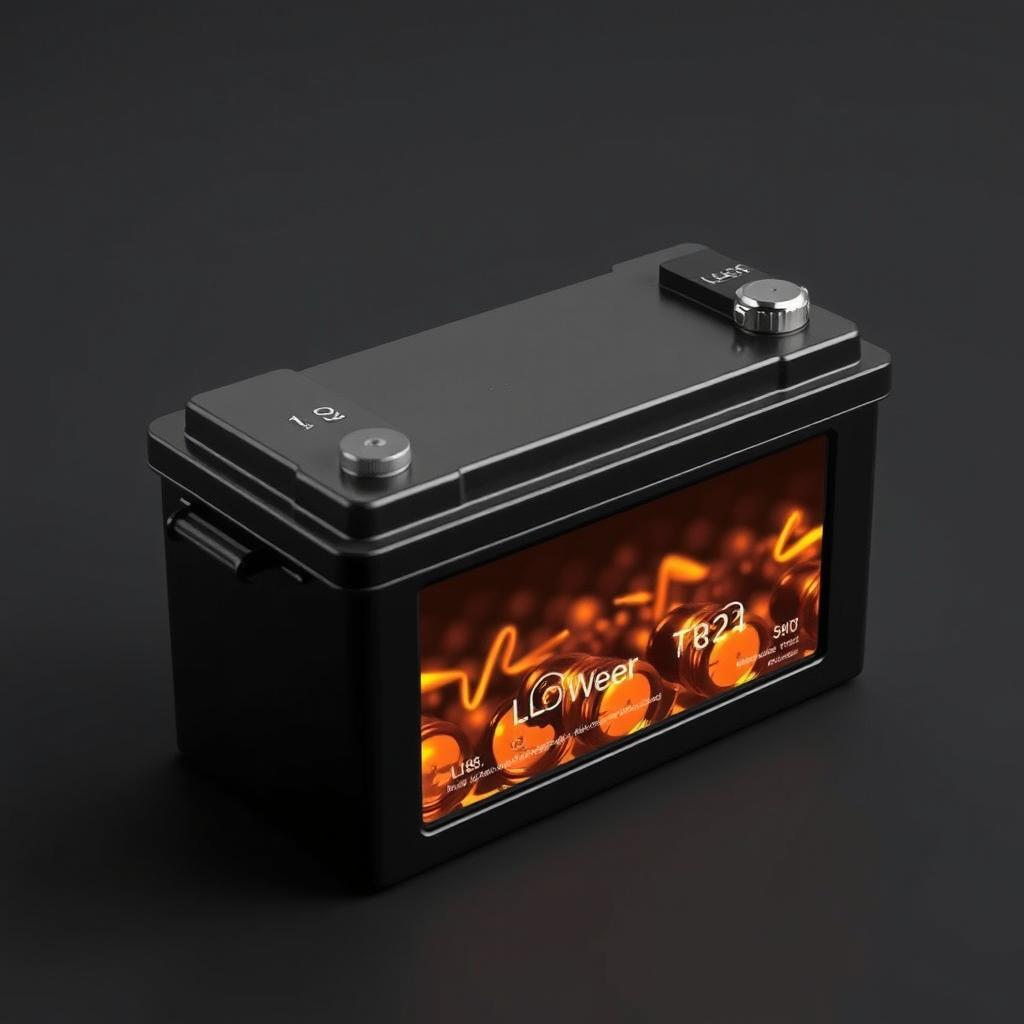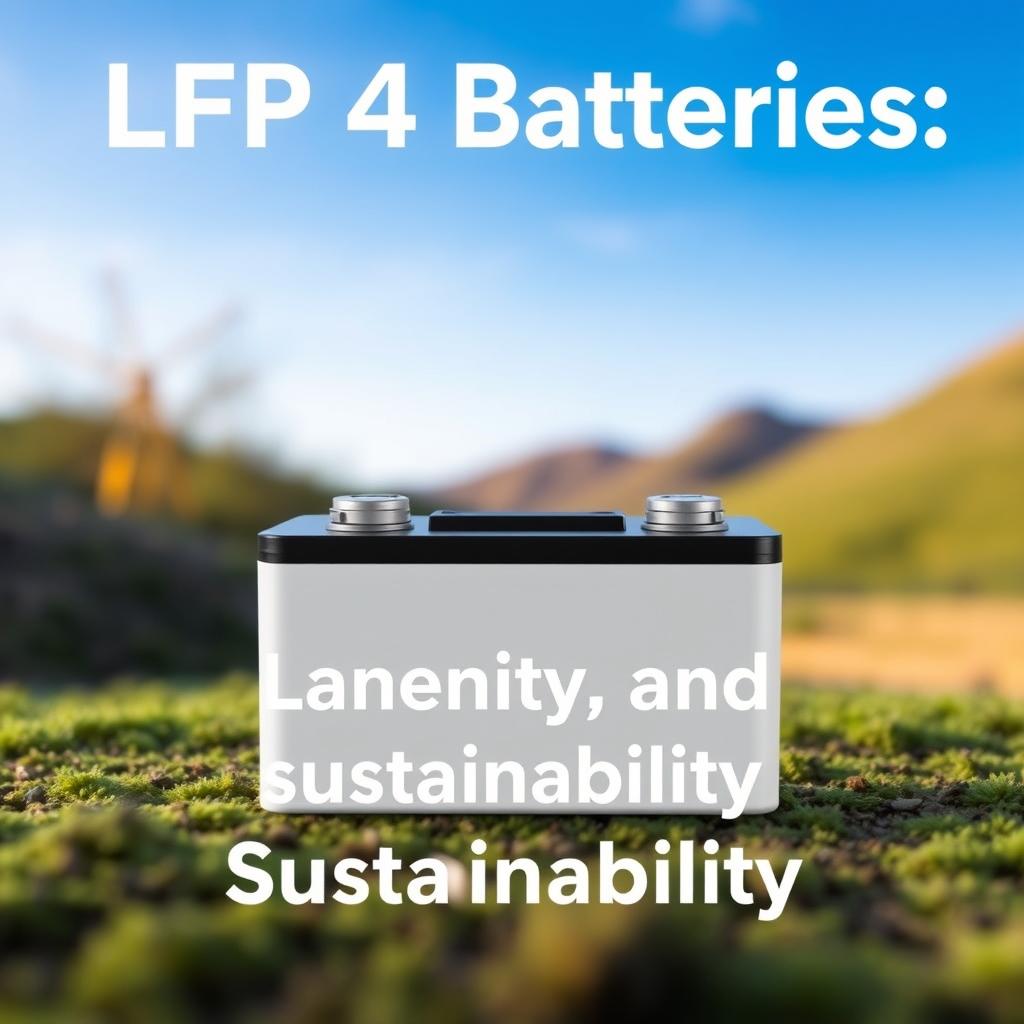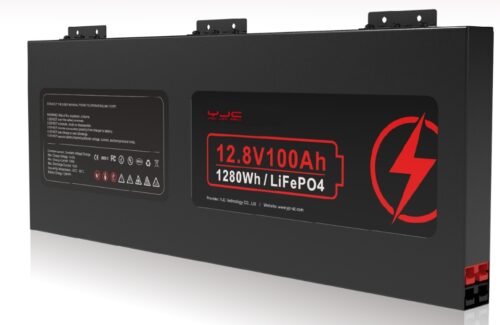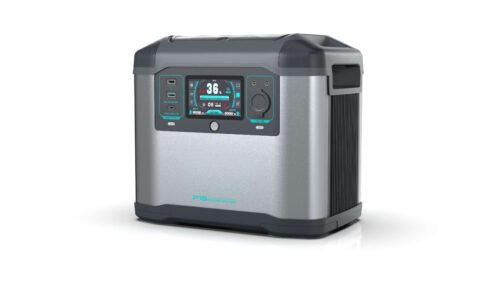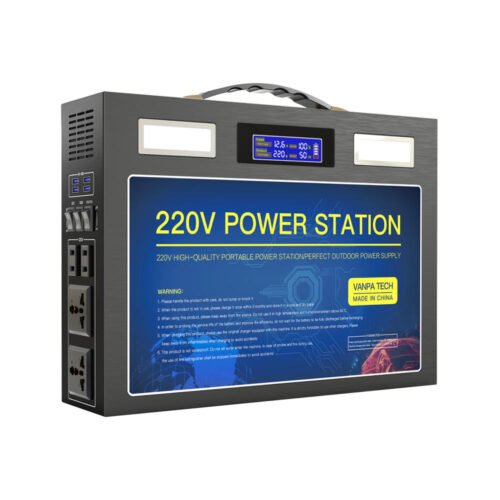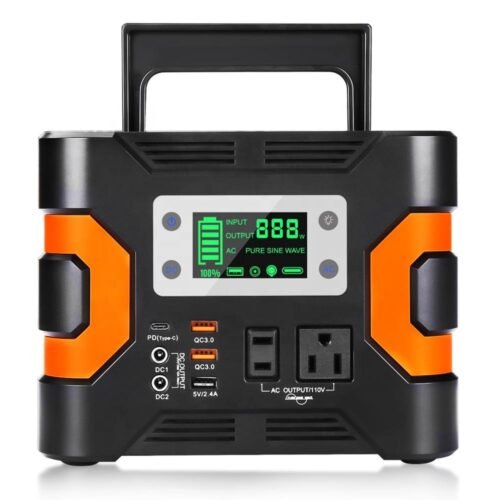Here is the continued part of the previous article, pls refer: Terminology of Battery Energy Storage Field 01 .
Overcharge The continuous charging of a cell after it achieves 100% of capacity. Battery life is reduced by prolonged overcharging.
Parallel Connection Connecting a group of batteries or cells by linking all terminals of the same polarity. This increases the capacity of the battery group.
Polarity The charges residing at the terminals of the battery.
Positive Terminal The terminal of a battery toward which electrons flow through the external circuit when the cell discharges.
Rated Capacity The capacity of the cell expressed in amperes. Commonly, a constant current for a designated number of hours to a specified depth of discharge at room temperature.
Recombination The state in which the gases normally formed within the battery cell during its operation are recombined to form water.
Series Connection The connection of a group of cells or batteries by linking terminals of opposite polarity. This increases the voltage of the battery group.
Self Discharge The loss of capacity of a battery while in stored or unused condition without external drain.
Separator Material isolating positive from negative plates. In sealed lead-acid batteries, it normally is absorbent glass fiber to hold the electrolyte in suspension.
SLA Battery (Sealed Lead-Acid Battery) Generally has the following characteristics: Maintenance-free and leak-proof. Batteries of this type have a safety vent to release gas in case of excessive internal pressure build-up. Hence also the term: Valve regulated battery or VRLA.
Gel batteries are SLA batteries whose dilute sulfuric acid electrolyte is immobilized by way of additives that turn the electrolyte into a gel.
Service Life The expected life of a battery is expressed in the number of total cycles or years of standby service to a designated remaining percentage of original capacity.
Shelf Life The maximum period of time a battery can be stored without top-up charging.
Standby Service An application in which the battery is maintained in a fully charged condition by trickle or float charging.
State of Charge (SoC) The available capacity of a battery at a given time is expressed as a percentage of rated capacity.
Absolute State of Charge (ASoC) Ability to take a specified charge when the battery is new.
State of Health (SoH) Reflects battery performance that verifies capacity, current delivery, voltage, and self-discharge; measured as a percentage.
Sulfation The formation or deposit of lead sulfate on the surface and in the pores of the active material of the batteries’ lead plates. If the sulfation becomes excessive and forms large crystals on the plates, the battery will not operate efficiently and may not work at all.
Thermal Runaway A condition in which a cell or battery on constant potential charge can destroy itself through internal heat generation.
Valve Regulated Lead Acid (VRLA) Battery See ‘SLA Battery
Watt Unit of power; ampere (A) times volt (V) equals watts (W).
Watt-Hour Unit of electrical energy equivalent to a power consumption of one watt for one hour. Multiplying a battery voltage (V) by the rated capacity (Ah) gives the battery energy in Wh.

